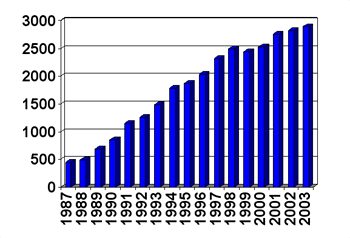
Eco-labelling
Eco-labelling is a voluntary system of awarding a logo to products judged to be less harmful to the environment than comparable products. Eco-labels inform consumers about a specific product/service, whereas certification schemes tell them something about the companies (or parts thereof) that produce the products/services.
An "eco-label" is a label which identifies the overall environmental preference of a product or service within a specific product/service category based on life cycle considerations. In contrast to green" symbols or claim statements developed by manufacturers and service providers. An eco-label is awarded by an impartial third-party in relation to certain products or services that are independently determined to meet environmental leadership criteria.
Why Eco-labelling?
| Example A simple labelling technique was introduced in tourism services of the island of Hiiumaa (Estonia) in 1996. Hiiumaa - an island in the Baltic Sea, rich by versatile, beautiful and intact nature and friendly people. It was not easy to establish any strict rules and any controlling agency. Therefore the principle of the label was based on the "self-control" of an entrepreneur. The label is rather an information sign, not an "award". Hiiumaa Green Label marks an accommodation or catering enterprise that is being managed in a sustainable way i.e. doing its best not to add to the impact on Hiiumaa`s clean nature. The accommodation or catering enterprise undertakes to:
|
There has been a significant increase since 1990 in the use of eco-labels.
For example:

Number of Blue Flags for European beaches
(Source: Foundation for Environmental Education in Europe)
More on information about ECO-LABELLING you can find on Global
Eco-labelling Network and the European
Union Eco-label Homepage.